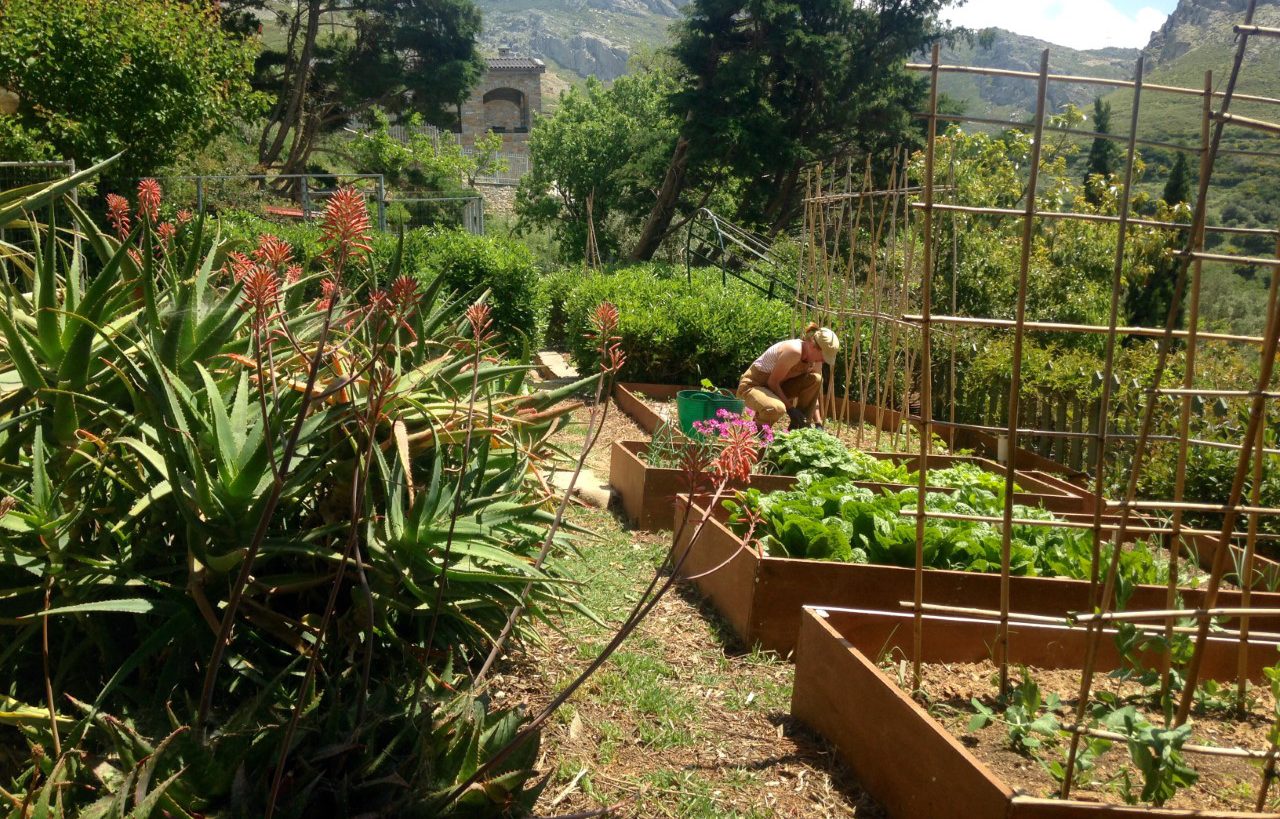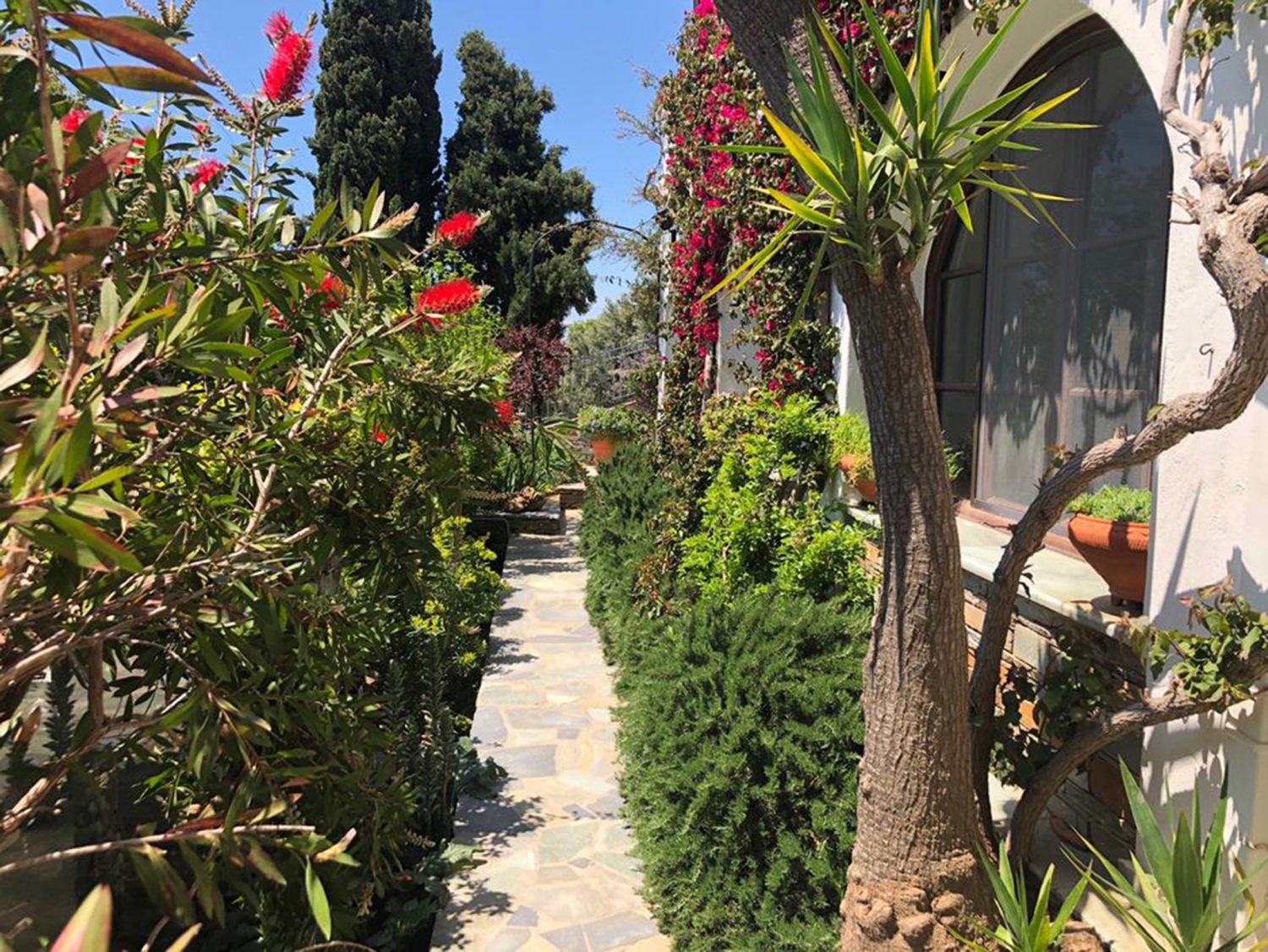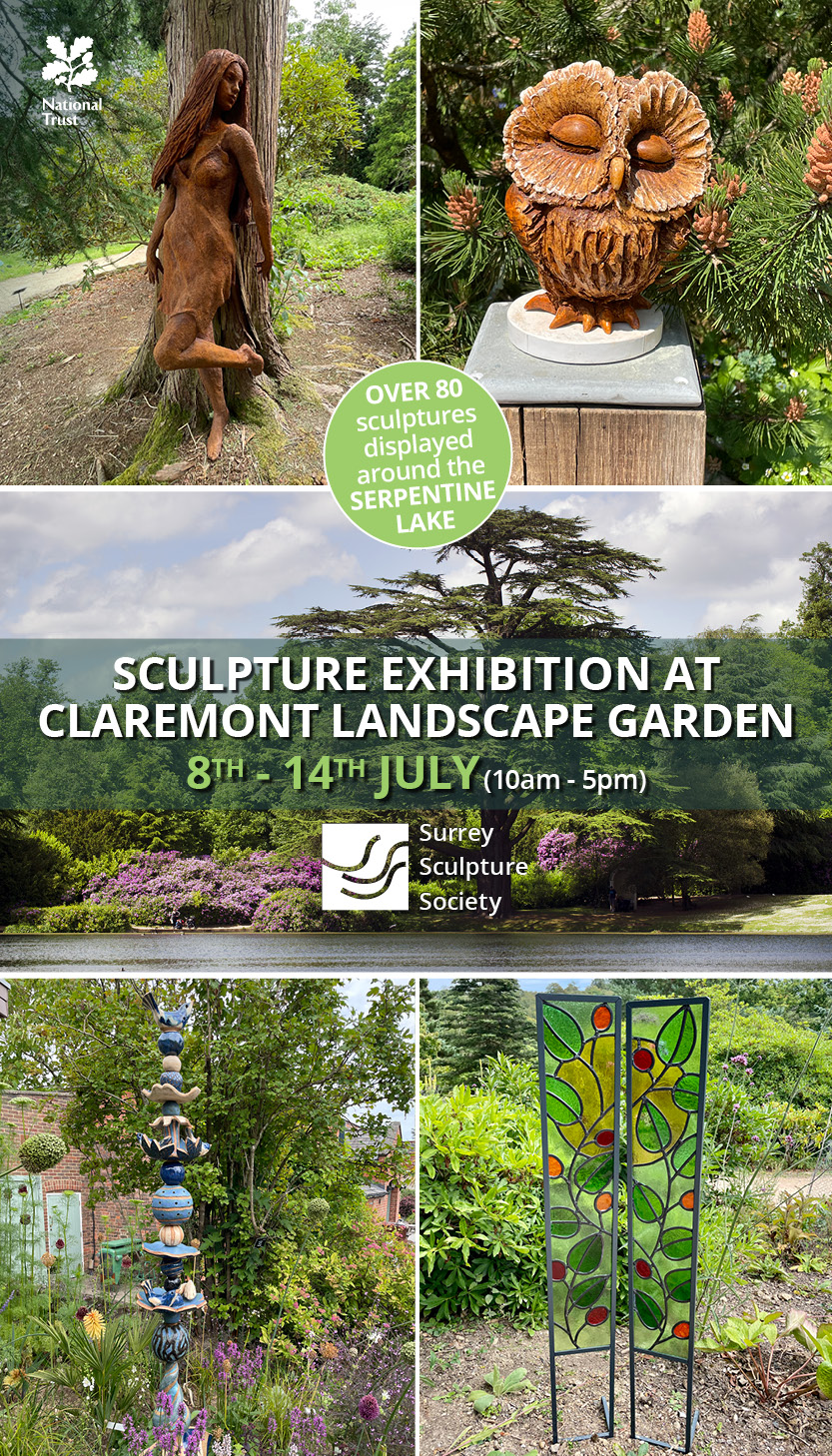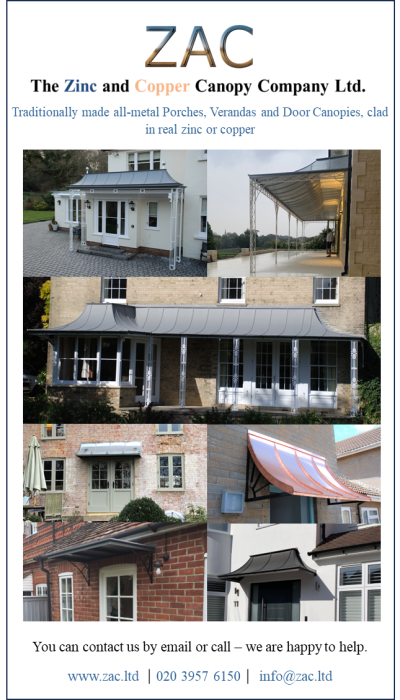Jennifer Stuart-Smith takes a look at how gardeners are having to adapt to extreme weather conditions.
Whether you are a farmer, fisherman or gardener, there’s little point battling Mother Nature. She always has the upper hand. So, rather than railing against the hand we are dealt – at least in terms of the weather and our climate – it makes more sense to adapt and learn to play the game by Her rules.
As any keen gardener or nature-lover will have spotted, things are changing, and ‘climate-change gardening’ is now top of the agenda. It made headlines at the RHS Chelsea Flower Show last year and did so again this year with the Forestry Commission’s Resilience Garden. It’s also why I find myself whizzing up a rough mountain road in the passenger seat of Zippy, the Fiat Seicento, en route to the Evia Island Garden Club.
The ‘Club’ or informal garden school – was set up by Lillian Lorenz, who is half-Greek and half-English, and Claire Abery, who gardened at Sissinghurst for nearly 20 years. Located in the village of Mekounida, on the slopes of Mount Ochi, it is a retreat for those who want to immerse themselves in the Mediterranean-style of gardening while gaining as much practical and theoretical know-how as they fancy, between siestas.
Lillian’s family has owned the site for more than 30 years, and in that time has created a classic terraced garden below Villa Kasteli. On the other side of a small olive grove, the family has built a new home, Villa Livano, with a state-of-the-art ‘climate-change garden’ designed by Jenny Gay and Piers Goldson.
For those who are new to the concept, climate-change gardening is all about learning how to garden in hotter, drier and more extreme conditions, as well as reducing your garden’s impact on the environment. It’s also a style of garden and gardening that works very well in the smaller, courtyard-style gardens that so many of us have these days; think Mediterranean-style but with a ‘green’ approach.
One evening, Claire suggests a walk. We head along a narrow path, under an ancient aquaduct, toward Castello Rosso, whose outline dominates the skyline. Our walk turns out to be the perfect way to ‘get’ the aesthetic of Mediterranean or climate-change gardening; tussocks of wild lavender, phlomis and verbascum brush our ankles as we take in the glorious colours and textures. Mounds and tussocks are key features, both in the wild, and in the new garden at Villa Livano, as we find out the next morning.
The new garden is vast and impressive, with terraces of local stone and a state-of the art irrigation system, but the principles of this Mediterranean garden would be just as relevant in a more modest, Mediterranean-inspired garden back in the UK.
“There’s loads to learn from what we’ve done here,” says Claire. “All the plants sit in a little hollow or well, so when you water, the water sits around the stem and doesn’t trickle away.” The plants are also trimmed low, in the early months, to encourage better root growth and reduce transpiration. “You have to ‘treat ’em mean, keep ’em keen, to a certain extent,” she adds. “We water on planting, then every 10 days, and then gradually less and less, until they become established.”
Choosing the right plants is also essential, both aesthetically and practically. “All these plants came from Olivier Filippi, in the South of France, who grows drought-hardy varieties, with deep and established root systems, but you can always ask your local nursery for appropriate plants,” says Claire. Look for ‘Mediterranean origin’ on the label too.
The next day, we set to work in the established garden at Villa Kasteli, putting into practice some of the theories we learnt next door. Working with Claire is like having an ‘expert in your pocket’. We plant up a bed of rosemary, a Lavandula stoechas – a lavender seen on the mountainside – and some cheeky, bright salvias, remembering, as we heel them in, to create a little divot. We then trim them back to a few healthy stems, to encourage the development of those essential water-carriers; the roots.
“Container planting is another, simple way to get the Mediterranean look,” says Claire, as we make plans for a corner of the breakfast terrace. “I like to stick to one variety of plant per pot and use the best pot I can find. A pretty Cretan urn, or natural terracotta, will do the trick.” We put ‘crocks’ – fragments of broken crockery – in the bottom of each container followed by a gritty, free-draining compost mix. “I recommend a strict watering regime – don’t mollycoddle them – or the plants think: ‘She’ll be round any minute with the watering can!’”
Coming to the Evia Island Garden Club is very much about spending time with like-minded plant-lovers, exploring the gardens and surrounding landscape, and learning about climate-change gardening from Claire Abery, whose plant knowledge and horticultural experience is top-notch. You will return home both informed and inspired… and ready to create your own little oasis that will stand the test of time and whatever Mother Nature throws at it.
The Evia Island Garden Club, Villa Kasteli, Mekounida, Karystos, Evia, Greece
+3022240 26997 +3069842 23845 theeviaislandgardenclub.com
[/showide]
TEST TEST
TEST
 TEST
TEST
 TEST
TEST
 TEST
TEST
 TEST
TEST
 TEST
TEST

You may also like
Go with the Flow
Sue Whigham shares some valuable new-to-gardening advice I’m sure that by now we should be used to the rain but I’m not entirely sure that we are. We had a dry, sunny day the other day and how everybody’s mood...
Farm Fables
Jane Howard gets to the bottom of why so many ponds have disappeared across the High Weald I have a new passion, almost an obsession, it’s about ponds. And there’s a distinct possibility I might become a bit of a...
Hedge Issues
Sue Whigham takes a meander along nature’s verdant and vital corridors Recently the BBC’s Today programme carried a feature about England’s hedgerows which created a lot of interest among listeners. On the strength of that, Martha Kearney interviewed one of...
















